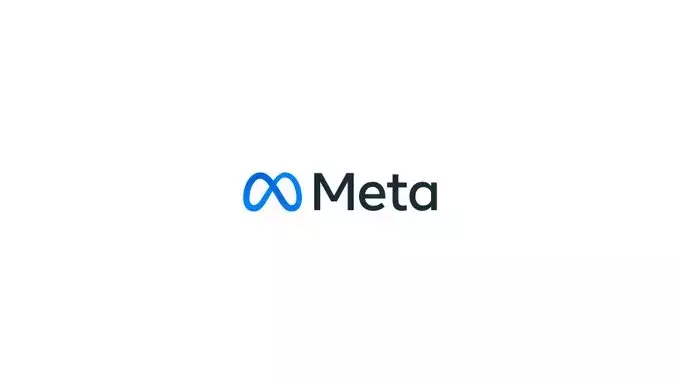In the rapidly evolving world of digital marketing, the ability to adapt and innovate is critical for business survival. The latest initiative from Meta, dubbed “Flexible Media,” represents a significant shift in how advertising can be tailored to user preferences. At its core, this new ad option aims to enhance the effectiveness of campaigns by allowing more creative variations in advertisement delivery based on sophisticated algorithms predicting user engagement. This approach aligns perfectly with Meta’s overarching goal to optimize ad performance through technology, but it does raise questions about the balance between automation and user agency.
Meta has increasingly pushed for automation in ad management, notably through its Advantage+ campaign tools. These automated systems intelligently select which advertisements to serve to which users in real-time, relying on extensive data analysis to maximize engagement. This shift towards automated ad selection feels both promising and unsettling. While the potential for increased efficiency and improved performance is appealing, the diminishing role of the advertiser in these processes could lead to a detachment from the core values of brand identity and audience understanding.
Unlike prior offerings such as “Flexible Ads,” which allow advertisers to submit multiple image options for an ad, Flexible Media takes automation a step further. This novel feature will enable advertisers to provide different images tailored to various placement groups within campaigns. Essentially, the system will autonomously determine which image to showcase based on performance metrics for each type of placement, thus further streamlining the process and reducing the manual labor involved in managing ad assets.
As Meta continues on its path of automation, the prospect of relinquishing substantial control over advertisement crafting may seem daunting to many marketers. The idea that one could input a simple URL and have Meta’s algorithms manage the entire ad campaign is revolutionary yet disquieting. This reliance on AI could improve outreach to a more receptive audience, yet at the same time, it fosters a concern about the erosion of strategic marketing methodologies that are rooted in human insight.
By allowing AI to oversee the targeting and selection process, advertisers might miss an opportunity to engage deeply with their audience’s preferences, experiences, and behaviors. Ironically, while automation is designed to enhance performance, it can create a disconnect where the message loses its personalization and relevance. This could make the advertisements feel generic, as they are no longer intricately designed with a specific audience in mind.
Despite these concerns, there is merit in exploring Meta’s automated options. Engaging in A/B testing with Flexible Media can provide insights into user response that manual methods might not uncover. Given that Meta’s ad systems are rooted in sophisticated AI, their ability to analyze vast quantities of data for real-time adjustments can potentially amplify audience engagement. Thus, while initial hesitation towards relinquishing control is natural, the landscape warrants experimentation to discover whether these automated strategies yield better outcomes.
The crux of the matter lies in maintaining a balance between leveraging technological advancements and retaining a nuanced understanding of one’s audience. While Flexible Media heralds a new capacity for varied and responsive advertising across different platforms, it must be approached judiciously. Successful integration of this system requires advertisers to relinquish some of their direct influence while still nurturing a connection with their audience.
Meta’s introduction of Flexible Media signals a new frontier for digital advertising, one that prioritizes data-driven decisions alongside automated creativity. While such advancements hold promise for improved engagement and performance, they also challenge traditional marketing paradigms. Advertisers must adapt to this new reality, embracing the opportunities it presents while also being aware of the potential pitfalls associated with automation. As we move forward, striking the right balance between human insight and machine intelligence will be pivotal in crafting effective, meaningful, and engaging advertising experiences.

